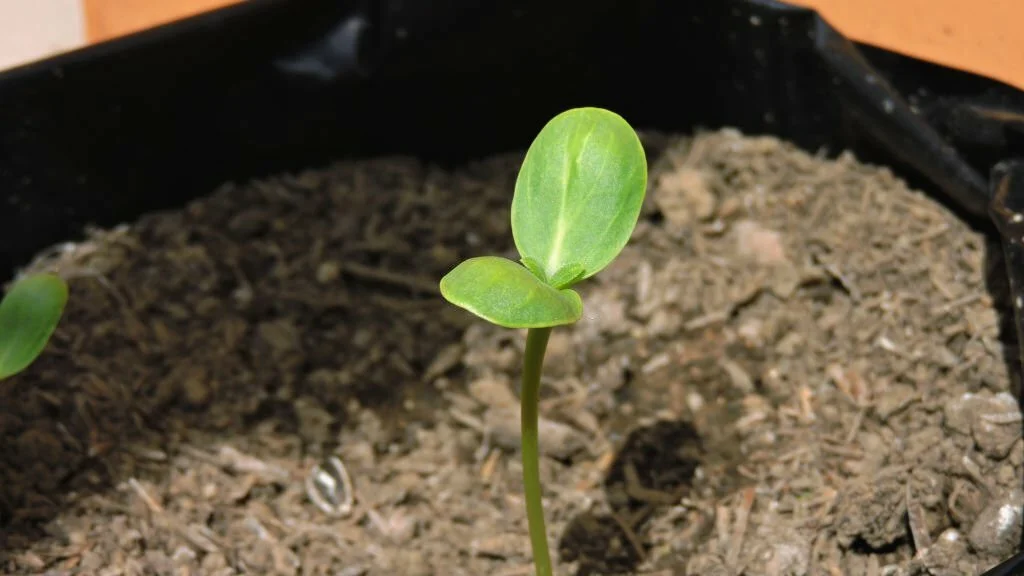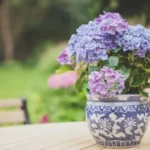Sunflowers, with their vibrant, towering blooms and versatility, have charmed gardeners and nature enthusiasts alike. When it comes to planting sunflower seeds, timing is a crucial factor. In this article, we’ll explore whether it’s too late to plant sunflower seeds and provide guidance on the timing considerations. These beloved flowers are not just visually appealing but also serve a variety of purposes, from garden aesthetics to wildlife attraction and even harvestable seeds. Understanding when to plant sunflower seeds ensures they flourish to their full potential.
- Diverse Sunflower Varieties: Includes Autumn Beauty, Dwarf Sungold, Grey Stripe, Lemon Queen, Mexican Sunflower, Velvet Queen, Mammoth, and more
- Varied Heights: Designed to grow sunflowers ranging from 18 inches to 7 feet tall; annual seeds perfect for direct outdoor sowing
- Season-Long Blooms: Enjoy sunflowers that bloom throughout the summer in vibrant yellow, orange, and red; seeds are easy to collect and save for next year
- Owned Small Business: Hand-packaged by a small, family business dedicated to quality and customer care
Sunflower Seeds and Their Ideal Planting Time
Sunflower seeds are the humble beginnings of these magnificent plants that can reach towering heights, offering a burst of color and life to gardens and landscapes. To maximize the beauty and benefits of sunflowers, it’s essential to consider the ideal planting time, a factor that significantly influences their growth and flowering.
Your Local Climate and Frost Dates
Determining the optimal planting window for sunflower seeds is not a one-size-fits-all endeavor. Your local climate and frost dates play a pivotal role in making this decision. The first step in gauging the suitability of planting sunflower seeds is to understand the unique climate and weather patterns of your region. Frost dates are key data points to consider when it comes to planting, as they help you pinpoint the right timeframe for sowing. By researching and becoming familiar with your local climate and frost dates, you can make informed choices about planting sunflower seeds, ensuring they have the best conditions for growth.
Determining Your Planting Time
Once you’ve familiarized yourself with your local climate and frost dates, the next step is to calculate your planting time. Here’s how you can go about it:
- Days to Maturity: Different sunflower varieties have varying days to maturity, typically ranging from 60 to 100 days. Determine the specific variety you plan to grow and find out its days to maturity. This information is often available on the seed packet or in the seed catalog.
- Counting Backward: Start with your region’s last expected frost date in spring, which signifies the beginning of the growing season. Count backward the number of days to maturity for your chosen sunflower variety. This will give you the approximate planting date for your sunflower seeds. Remember that this is a general guideline, and local conditions may require adjustments.
Factors Affecting Late Planting
Planting sunflower seeds later in the season can present some challenges that you should be aware of:
- Reduced Growing Time: Late planting means your sunflowers have less time to grow and mature. This may result in smaller plants and delayed flowering.
- Heat Stress: Sunflowers thrive in the sun, but extreme heat can be detrimental. If your region experiences scorching summers, consider providing some shade for your sunflowers during the hottest parts of the day.
- Mulching: Applying a layer of mulch around your sunflower plants can help conserve moisture and regulate soil temperature, which can be especially beneficial in late plantings.
By taking these factors into account and adjusting your gardening practices as needed, you can still enjoy the beauty and benefits of sunflowers, even when planting later in the season. The key is to be adaptable and attentive to the needs of your sunflowers as they grow.
Selecting Suitable Sunflower Varieties
When planting sunflower seeds later in the season, it’s important to choose the right varieties that can thrive in shorter growing periods. Here are some factors to consider when selecting suitable sunflower varieties:
- Dwarf Varieties: Dwarf sunflower varieties tend to have shorter growing periods and are well-suited for late planting. They may not reach the towering heights of their taller counterparts, but they still produce vibrant blooms.
- Shorter-Season Varieties: Look for sunflower varieties with shorter days to maturity. These varieties are more likely to reach full bloom before the end of the growing season.
- Local Adaptation: Consider sunflower varieties that are known to perform well in your specific region and climate. Local knowledge and expertise can guide you in making the best selection.
By choosing sunflower varieties that align with your growing conditions and the time remaining in the season, you increase the chances of a successful late-season sunflower display.
Conclusion
Is it too late to plant sunflower seeds? The answer lies in a delicate balance of factors, from frost dates to days to maturity and regional variations. While the ideal planting time is typically in the spring, with careful consideration and the right approach, you can still enjoy the radiant beauty of sunflowers in your garden, even if you missed the spring window.
Remember that sunflowers are resilient and adaptable plants, and with a bit of creativity and attention to the challenges of late planting, you can nurture them to vibrant bloom. Whether it’s their cheerful appearance, value for wildlife, or the joy of harvesting sunflower seeds, these iconic flowers have much to offer. So, embrace the opportunity to plant sunflowers, and you’ll likely be rewarded with a late-season burst of color and charm in your garden.




